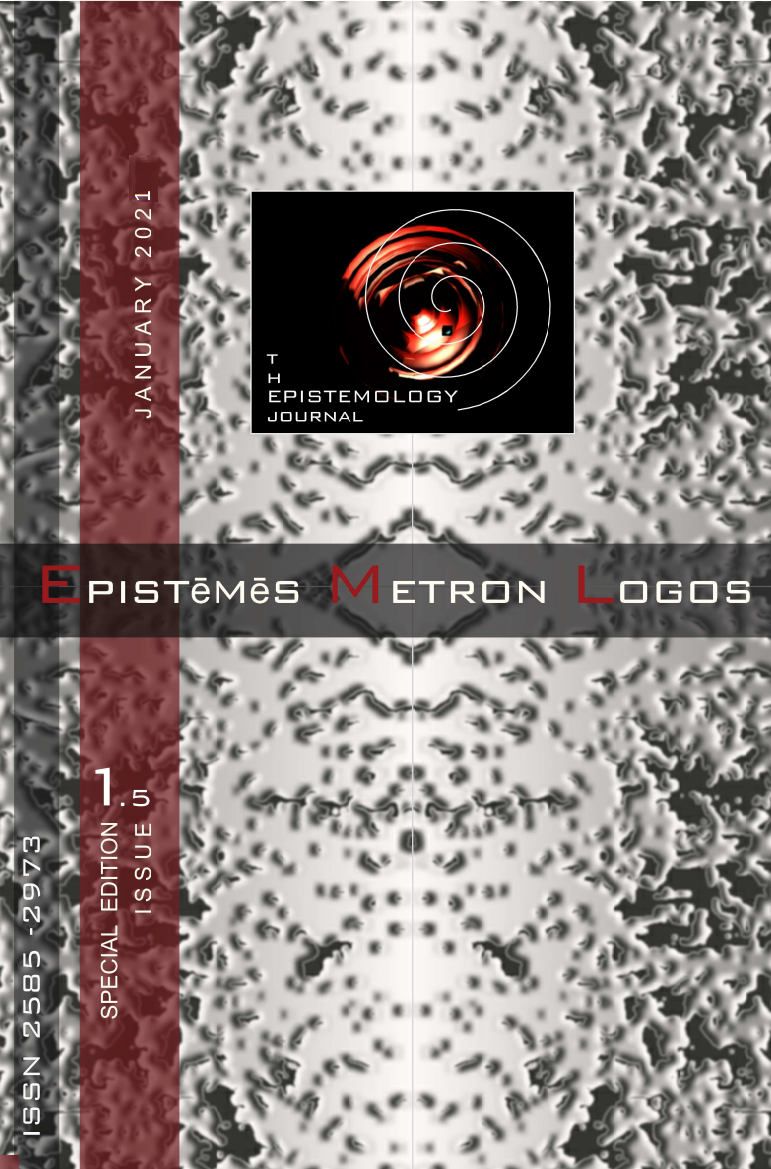Chrysanthine theoretical thought and notation system-The relation between Orality and Textuality
Resumen
Two centuries after the release of Chrysanthos’ Εισαγωγή εις το Θεωρητικόν και Πρακτικόν της Εκκλησιαστικής Μουσικής, this treatise remains one of the most important sources of theoretical thought in the field of Greek Orthodox Ecclesiastical Music. Moreover, it is widely known that the theoretical essays of Chrysanthos played a catalytic role regarding the structure of the modal system of Octaechia, the formulation of the new Parasemantiki notation, as well as contemporary performance practices. Indeed, Chrysanthos’ contribution to the reformation of the notation system as well as the way he attributed the theoretical content of Ecclesiastical Music, influenced the entire theoretical thought that was produced, at least until the last decades of the 19th century[1]. Therefore, despite individual disagreements that were expressed within the psaltic milieu of the 19th century[2], almost all of the theoreticians who succeeded Chrysanthos based their thought on his fundamental principles. Thus, it is worth mentioning that in treatises that followed the Reform of 1814, repetitions are frequently detected, even of Chrysanthos’ points that could be considered as scientifically problematic[3].
[1] See Νίκος Ανδρίκος, Η Εκκλησιαστική μουσική της Σμύρνης (1800-1922), (2015), 124.
[2] About this issue, see Αντώνιος Χατζόπουλος, Η εκκλησιαστική μουσική παιδεία στην εκκλησία της Κωνσταντινουπόλεως κατά το 19ο και 20ό αιώνα, (2000); Αχιλλεύς Χαλδαιάκης, “Η διδασκαλία της Ψαλτικής Τέχνης: Παρελθόν, παρόν και μέλλον”, Βυζαντινομουσικολογικά, Τόμος Α΄, Θεωρία, (2014), 50-52.
[3] Among others, the most indicative example was the repetition of Chrysanthos’ misguided calculation-measurement of the basic scale’s size. This issue became the reason of a wide discourse between important theoreticians of the 19th century through the daily and periodical press and led to the convocation of the Music Committee of 1881. See Ανδρίκος, 135-145.
Article Details
- Cómo citar
-
Andrikos, N. (2021). Chrysanthine theoretical thought and notation system-The relation between Orality and Textuality. Epistēmēs Metron Logos, (5). https://doi.org/10.12681/eml.28006
- Sección
- Publishing partner

Esta obra está bajo una licencia internacional Creative Commons Atribución-NoComercial 4.0.
Authors who publish with this journal agree to the following terms:
Authors retain copyright and grant the journal right of first publication with the work simultaneously licensed under a Creative Commons Attribution Non-Commercial License that allows others to share the work with an acknowledgement of the work's authorship and initial publication in this journal.
Authors are able to enter into separate, additional contractual arrangements for the non-exclusive distribution of the journal's published version of the work (e.g. post it to an institutional repository or publish it in a book), with an acknowledgement of its initial publication in this journal.
Authors are permitted and encouraged to post their work online (preferably in institutional repositories or on their website) prior to and during the submission process, as it can lead to productive exchanges, as well as earlier and greater citation of published work.



